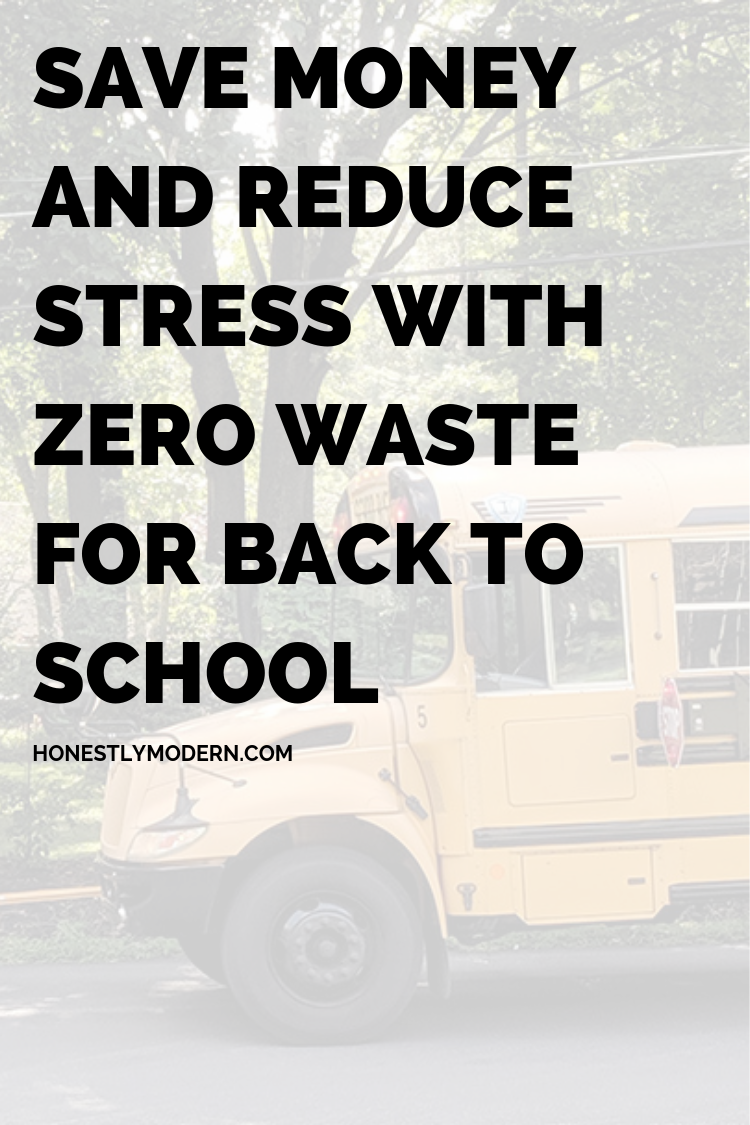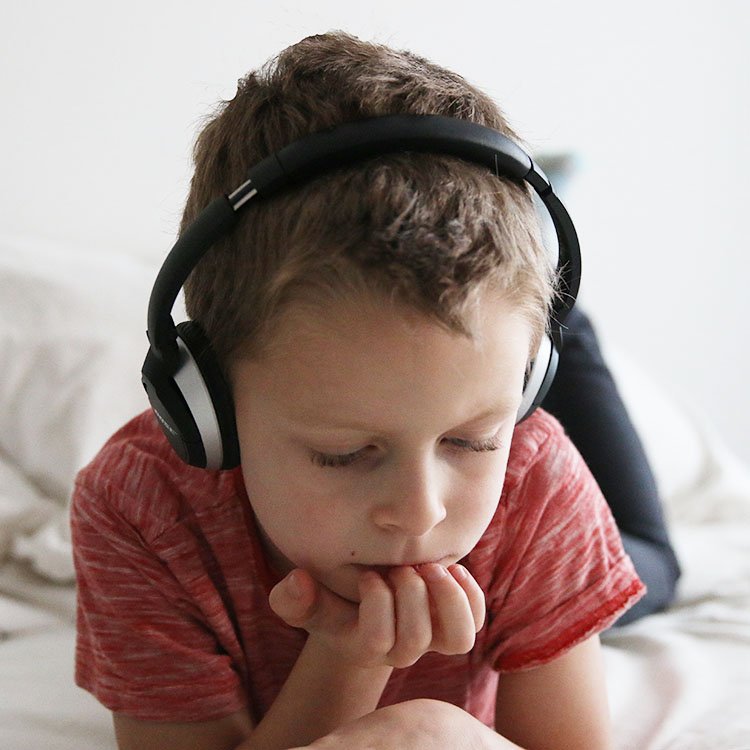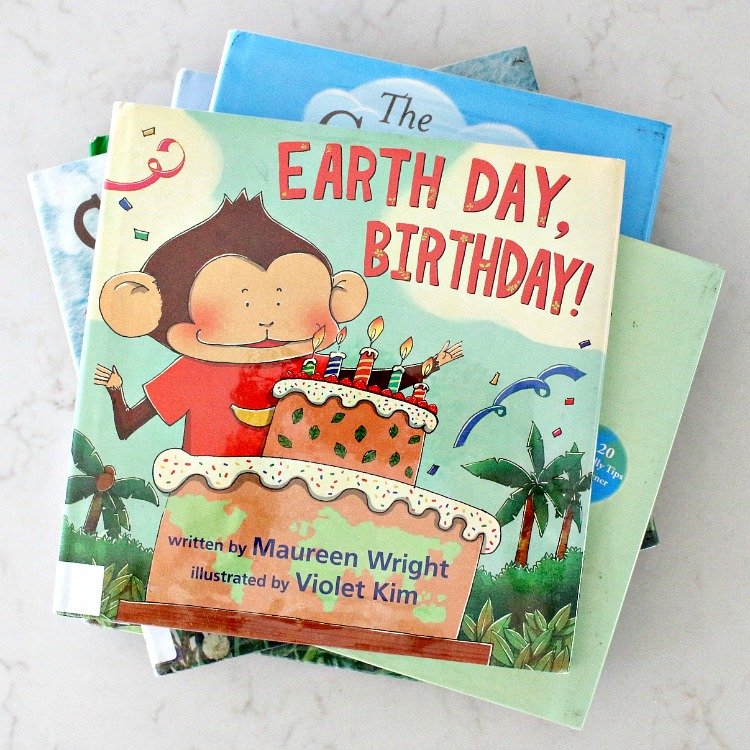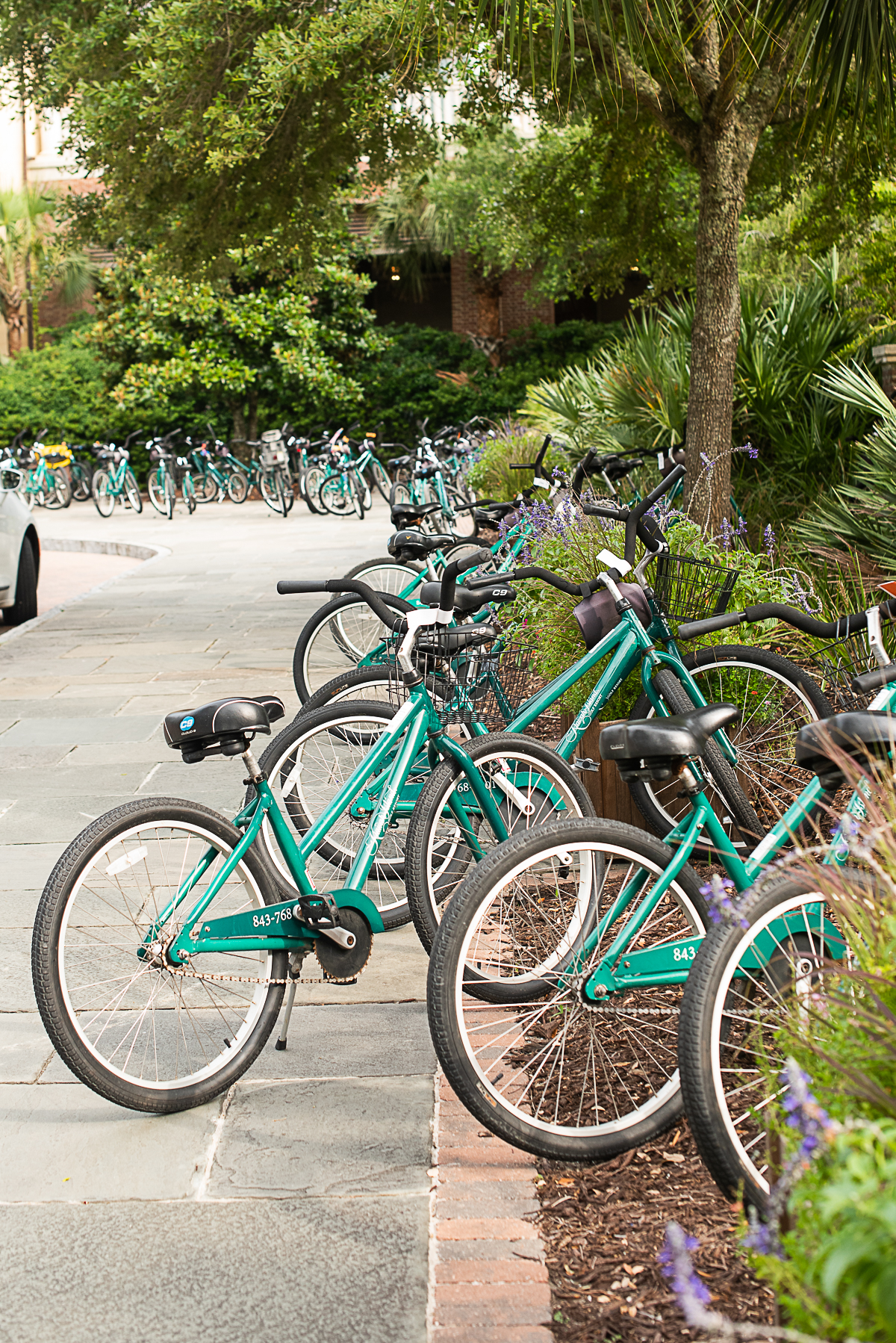Save Money Practicing Zero Waste Principles During Back To School Season
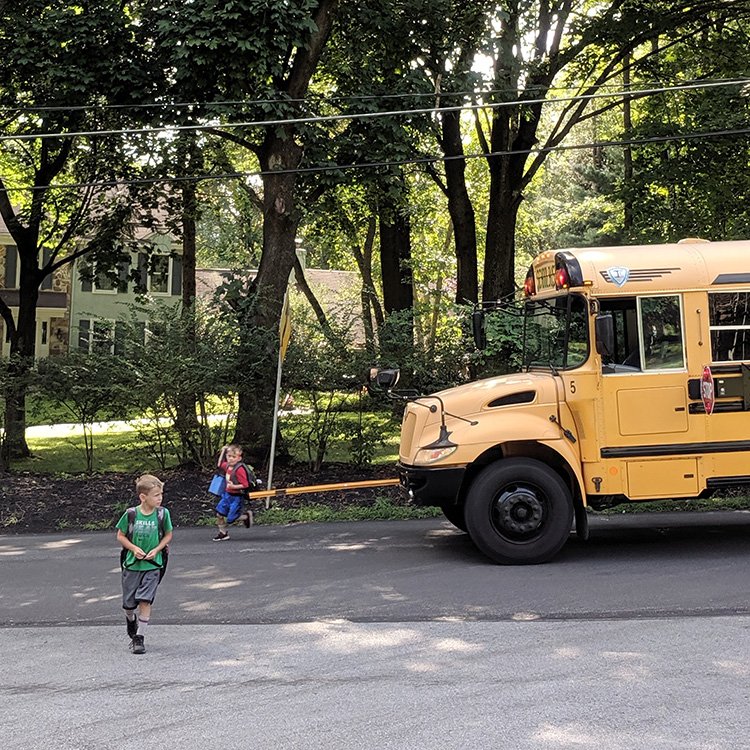
Our boys are back in school, and our family is the swing of regular school days. It feels pretty nice, and I suspect most families in the United States are also back to school by now.
Thanks in part to the tenacity of marketing, the back-to-school season has become a big shopping thrill as much as a fresh start for learning and growth.
Stores have convinced us that the crayons and pencils from last year aren’t good enough for the first day of school this year. Miraculously, our children grow overnight at the end of August and need a brand new wardrobe for the beginning of their new grade, so we buy new pants and long sleeve shirts when it still feels like summer.
But for the dawn of a new school year, would we rush out to stores to buy a slew of new supplies and gear every August? Does the new grade in school really warrant such spending sprees? Aren’t many of the things we already have good enough?
Marketers and advertisers have done an excellent job creating craze and craving at a time that doesn’t particularly warrant a need for something new. This behooves their bottom line. Back to school shopping is the second largest shopping window during the year, projected to cost consumers $27.8 billion dollars, or about $519 per student in grades K-12.
However, when we step back to question the status quo, do we really need all the things in the back-to-school retail flyers?
What About All The Fun?
As a kid, I loved back-to-school season. What wasn’t to love about my mom buying me new clothes and browsing the endless display of fancy pens and pencils? Those gelly roll pens (that never really worked very well) were the best.
Twenty years later, we know better. We know the waste generated from excess consumption. We know the environmental toll of purchasing through the lens of disposable items that have no intention to last. And when we know better, we ought to do better.
Also… now I’m paying for it. Sorry to my parents for not thinking about their bank account back then. And sorry to my boys for “depriving them” of the beloved back-to-school shopping spree. They seem to be surviving without it.
When Zero Waste Living Is Easier and Cheaper
Back-to-school season can feel stressful, especially when we’re trying to “keep up with the Joneses”. It’s a perfect example of zero-waste living being far easier than abiding by the status quo.
This year, we never went back-to-school shopping. We buy them plenty of gear and goodies, so I’m not suggesting we are a “perfect minimalist” family by any means. With respect to back to school shopping, however, it’s something we have managed to successfully avoid for the last few years and plan to keep at bay for as long possible.
Here are a few ways we challenged the back to school shopping status quo and prepared for a fresh start to a new school year without all the consumer stress. I promise that the new school year feels like a fresh start no matter how much we’re buying.
How We Saved Money and Reduced Stress With Zero Waste Principles This Back To School Season
Backpack Mend
T’s backpack, that he has had since kindergarten, is in great condition. Why would he need a new one? He was set to go.
J got a small hole right along the seam of his backpack while in California. The night before school started, I quickly repaired the seam with a needle and thread. It looked as good as new.
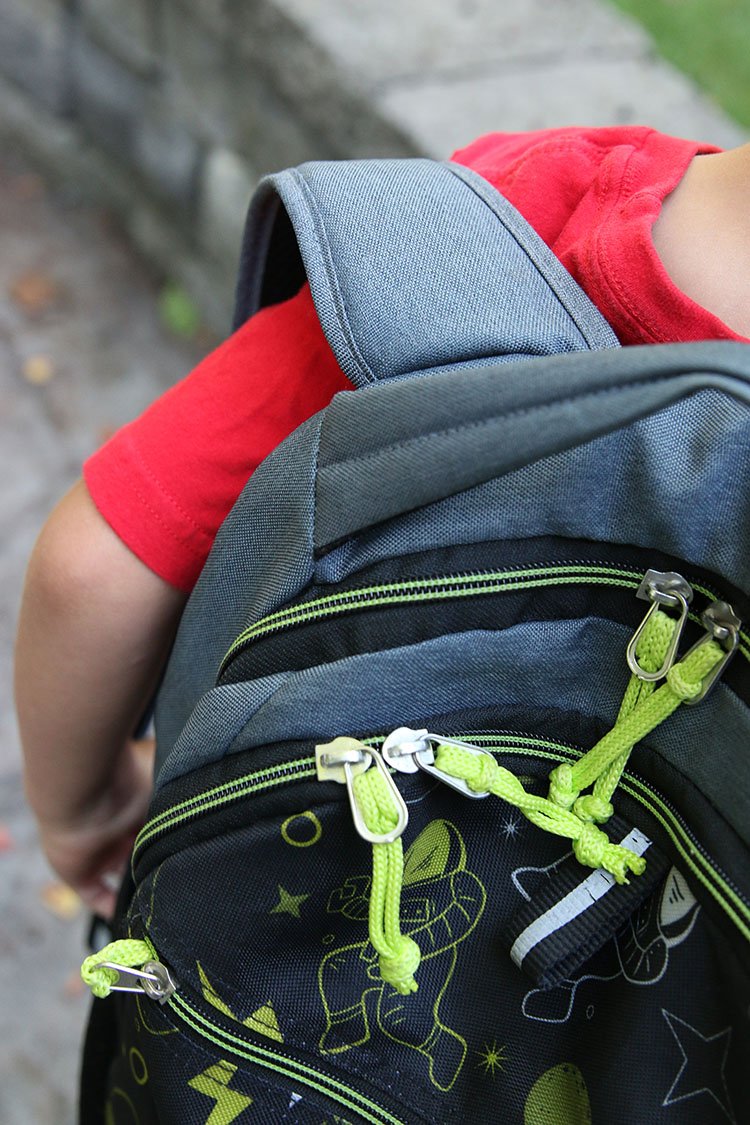
New Clothes
We never took the boys shopping for new school clothes. While we were in California the week before school started, M bought each of the boys a new pair of their favorite shorts for the first day of school. They will wear these weekly (at least) through much of the school year and into next summer, so I know they will earn their keep.
Beyond that, they have plenty of clothes for the year for now. We plan to reassess with changing seasons and growth spurts.
Replacing Old Shoes
We didn’t make any special trips for new shoes before school. The ones they had were perfectly fine… until the third day of school. This past weekend, we ended up buying the boys new pairs of shoes to replace the ones they had that no longer made the grade.
Although we still spent money in the long run, we avoided the crazy back-to-school crowds. We also reinforced to the boys the habit of waiting to replace items until they are used up and disconnected the purchase from marketing hype.
School Toolbox for Supplies
Each spring the boys’ school works with School Toolbox to offer a simplified way to purchase the necessary school supplies. Teachers share a list of items students will need with the company. Parents pay for the supplies in the spring and the box arrives on the student’s desk in the fall with exactly what is required.
There may be a little overlap between the items we have at home and the items needed for school, though it’s fairly minimal. Avoiding the stress of the shopping trip to a big box store may be worth the convenience alone.
As it relates to carbon footprints, the box likely contained some packaging waste. However, a single shipment of school supplies arriving directly at the school for all students is more environmentally friendly than each student driving to a big box store with their family.
Fresh Supplies For a Fresh Start
A new school year requires some investment in supplies to arm our students with the tools to learn. I don’t believe, however, that we need the laundry list of items cultural norms suggest are necessary.
Including shoes, the shorts, the School Toolbox order, and a new lunchbox for each of my boys this year, I spent about $150 on “back-to-school” gear for each of them. That’s a good chunk of change but a far cry from the $519 people spend on average each year.
During the last few weeks, I spent far more time filling out forms and setting up lunch accounts than shopping for new supplies for school. I don’t think my boys even know that back-to-school shopping is a “thing.” I’m sure some friend will let the cat out of the bag soon enough, but until then, I’m letting them be comfortable with the notion that we don’t replace perfectly good clothing, tools, and supplies with newer models… just because we can.
What does back to school shopping look like in your house? How do you take an eco-friendly approach to the back-to-school season each fall?

